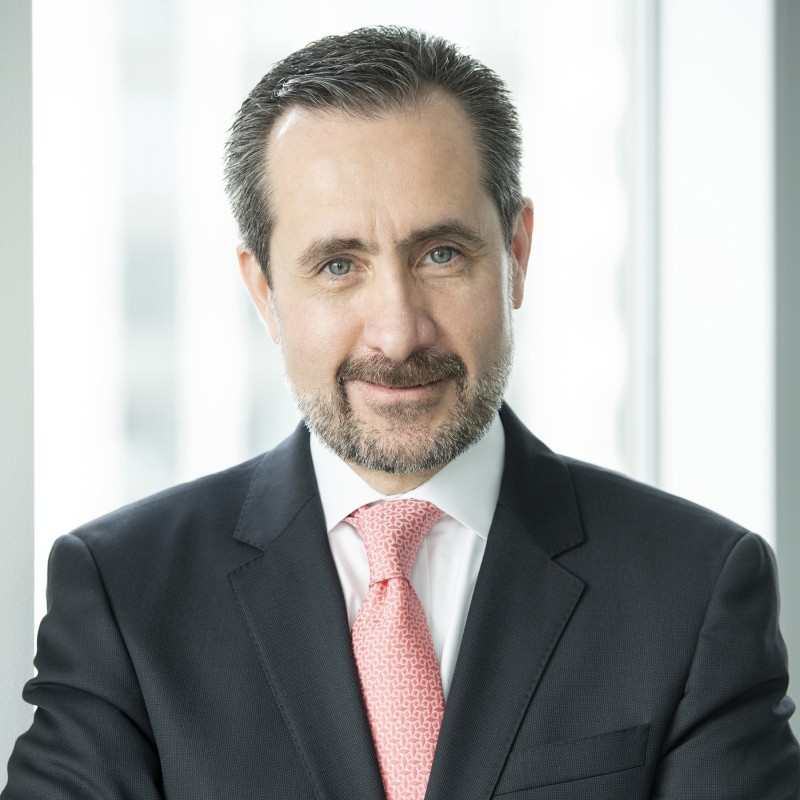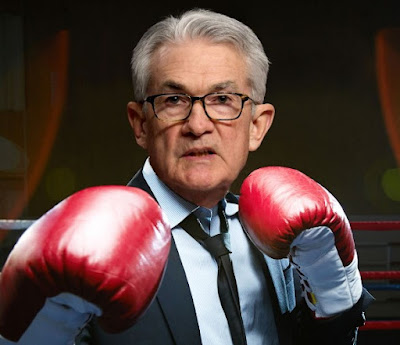SOVEREIGN wealth funds, typically set up by oil-exporting nations, have been around for decades, in the case of Kuwait since 1953. But their influence has increased in recent years, as China has adopted a similar strategy for investing some of its vast foreign-exchange reserves while existing funds have been fuelled by gains from high oil prices.
However, a new survey of assets held by public investors shows that such wealth funds are still outpunched by more traditional players. Central banks are the biggest holders of assets, followed by public pension funds, with sovereign wealth funds coming third.
These figures come from OMFIF, a research group. According to its data, published on June 17th, 400 public institutions control $29.1 trillion of assets around the world, a sum equivalent to 40% of global GDP. That is a hefty chunk of the estimated total of $130 trillion in cross-border assets. Almost half of the public holdings—$13.2 trillion—are held by 157 central banks; these assets do not include those acquired in the recent big expansion of balance-sheets through quantitative easing programmes. The next biggest slice—$9.5 trillion—has been carved out by 156 pension funds. The remaining $6.5 trillion has been accumulated by 87 wealth funds.
Though the wealth funds may collectively be outshone by central banks and pension funds, they are, however, among the biggest of investors. The top ten institutions include five central banks and four wealth funds (see table below).
Yet the dividing line that once separated central banks and sovereign wealth funds in terms of their asset holdings is blurring. In the past, central banks were very conservative, confining themselves to gold and top-rated government bonds or their equivalent. By contrast, sovereign wealth funds, such as Norway’s, based on revenues from the country’s abundant oil and gas reserves, aimed to be more adventurous, investing across the spectrum of assets.
But according to OMFIF, China’s central bank has now become the world’s largest public investor in equities, which are held by the State Administration of Foreign Exchange (SAFE), part of the People’s Bank of China. The move by central banks into shares is happening more generally. The Swiss National Bank (SNB), for example, now holds 15% of its foreign-exchange assets in equities. Other European central banks that have been diversifying into shares are the National Bank of Denmark, like the SNB outside the euro area, and the Bank of Italy, within the single-currency zone.
|
Rank |
Country |
Type |
Assets ($ billion) * |
|
1 |
China |
Central bank |
3,880.4 |
|
2 |
Japan |
Central bank |
1,266.9 |
|
3 |
Japan |
Public pension fund |
1,253.5 |
|
4 |
Norway |
Wealth fund |
841.2 |
|
5 |
Saudi Arabia |
Wealth fund |
757.1 |
|
6 |
Saudi Arabia |
Central bank |
676.3 |
|
7 |
UAE |
Wealth fund |
627.0 |
|
8 |
China |
Wealth fund |
575.2 |
|
9 |
Russia |
Central bank |
509.7 |
|
10 |
Switzerland |
Central bank |
480.0 |
Source: OMFIF Global Public Investor 2014 * End 2013 or latest
Full story here Are you the author? Previous post See more for Next postTags: Swiss National Bank



































